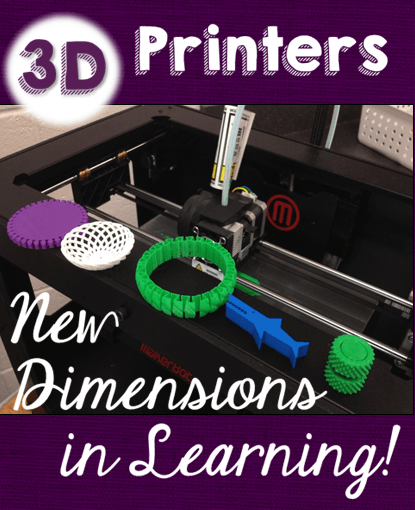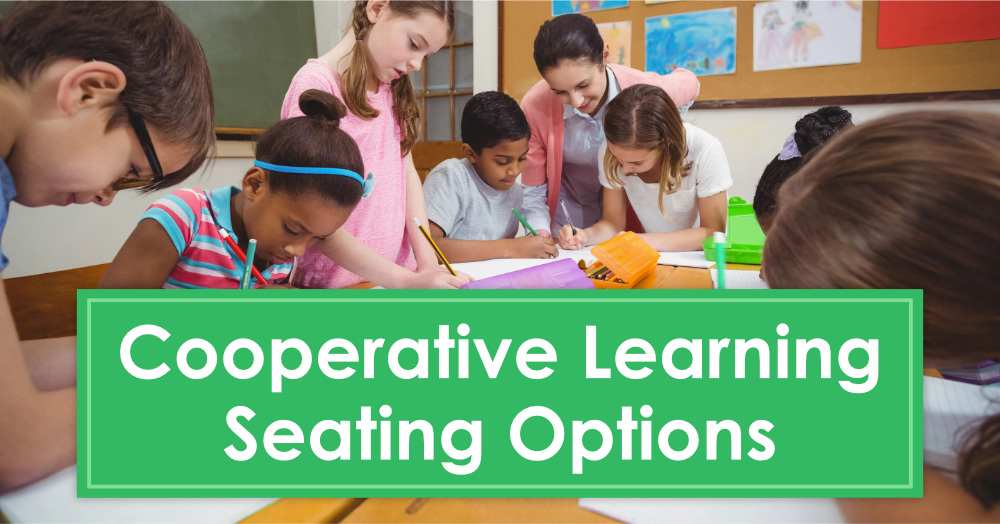“What can a third grader do with a 3D printer? How could it help them learn? Isn’t it just a fancy toy? When would a teacher find time for such a thing? Who would program it, run it, teach students about it? Where would it go? Why would I want to have one?”
These were just a few of the questions in my mind when I saw that DonorsChoose had a program to try to get a 3D printer in every school. I was not interested.
Then, a few weeks later, I got an email that the program was opened up to every school in the country. I started to get interested and asked an engineer if there was anything for an eight year old to do on a 3D printer. He thought they would find plenty to do.
So I wrote a DonorsChoose proposal and got it approved. The next day, my project was funded because most of it was covered through a grant from the Makerbot, the manufacture of the 3D printer. I had no idea how much our classroom would change!

3D Printers in a Nutshell
If you haven’t seen a 3D printer, let me tell you a little about it before I share how it impacted our classroom. It’s not really a printer in the normal sense of the word because it doesn’t create 2-dimensional images on a piece of paper. Instead, it creates 3-dimensional models out of plastic. Our printer is a Makerbot Replicator 2 (shown below) and it looks like a large open box.The operator of the printer has to program the printer to create the object, and the object is created inside the box.
Luckily, there is a website, Thingiverse, where people who know how to write the programs put things they have made. In order to make the website better, there are contests. People upload their programs. A teacher (yes, even a third grade teacher) can get the program off that, put it into the 3D printer software, and be ready to print real items.
The “printing” process could take as little as 10 minutes or it might take hours, depending on the size of the object. It’s exciting to watch because the item is in view the is in view the whole time it is printing. You can actually see the extruder lay down the plastic!
How 3D Printers Can Impact Learning
Having a 3D printer in the classroom can add a new dimension to the learning process because it allows students to make physical objects that relate to their curriculum. Need to see what a femur looks like? Print one! Studying explorers? Print a Viking ship! Studying geographic features of the earth? Print landform models!
Being able to create models of what they are studying makes a serious impact on students. It turned out that a 3D printer is not really is not a toy; it is
technology at its finest. After a few minutes setting it up, maintenance turned out to
be fairly easy.
3D learning happens across the curriculum. We read a story about a boy who made a
hand with the help of his father. Going online to look at items to print involves a
lot of reading. Writing about what students want to create when they grow up is
very engaging for students in the classroom, and sure gets their creativity flowing. Math concepts are embedded. If the project is too big and will take too much time
or filament, we reduce it. Proportional reasoning is very interesting when you do
it with real items. Vocabulary and science increase as you use the printer. Public
speaking skills are enhanced when students explain how it works. “The filament
goes into the extruder….”
I have only scratched the surface in the months since we acquired our printer, but I
know that there is so much more to learn and do with it, and I can’t wait!
After
30 years of teaching in preK to 5th grade and administration in 4 states, Renee
Peoples is now a Teaching and Learning Coach in Swain County at an elementary
school, where she coaches teachers and students to integrate technology into
their daily activities.









